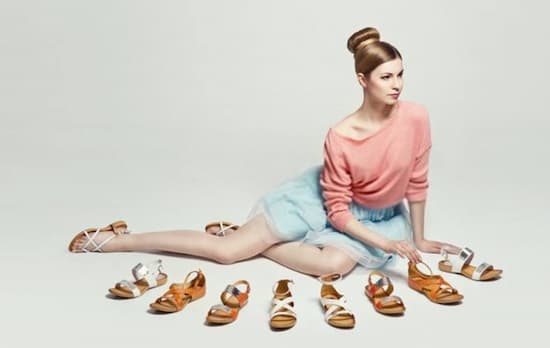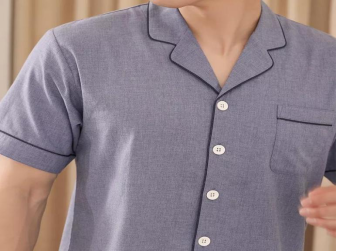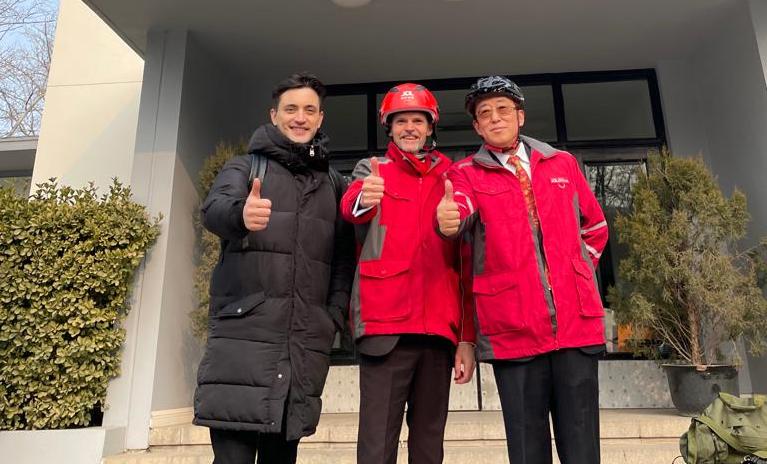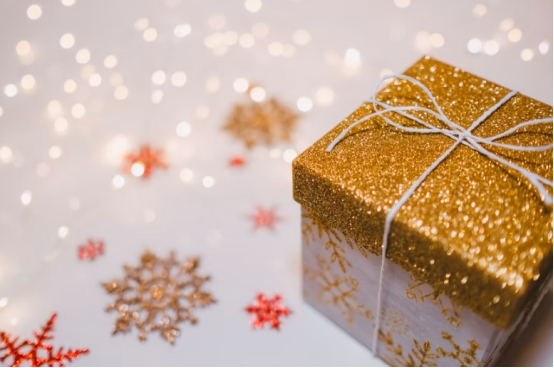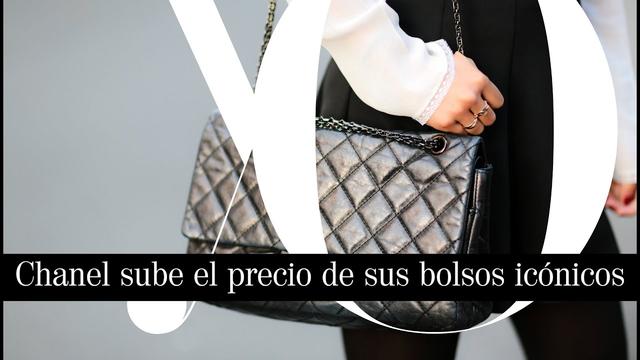Home → luxury bag → Everything you need...
Everything you need to know about Econyl, the recycled material that has already conquered Gucci and Prada
By Eve White
The fashion industry seems to be reacting. Little by little and without having staged any drastic turn, but reacting. Last week the signing of a global pact was announced to start traveling a less polluting path. An agreement signed by giants such as Inditex, H&M, Chanel and Kering, by which these and other entities undertake to reduce greenhouse gas emissions or to reject single-use plastics.
There are numerous environmental reproaches made to an industry installed in a frenetic model of manufacturing and consumption. For this reason, many brands are becoming increasingly aware of the role they can or should play in a context of climate crisis. Some rules of the game begin to change and other actors acquire a new leading role. This is the case of the Italian group Aquafil, one of the global leaders in the production of recycled nylon, better known as Econyl.
It is a material that has gained popularity in recent months thanks to collaborations such as the one announced at the end of June by Prada. The house has launched some of its bags and backpacks in a more sustainable version thanks to the use of Econyl. It's not the only one. In June 2018 Gucci had already carried out the creation of a new program, Gucci Equilibrium, in collaboration with the recycling company to produce ready-to-wear garments. What is special and attractive about this material? From Aquafil they explain it by answering the following questions:
What are the characteristics that allow Econyl to be identified as an ecological material?
Econyl is a material manufactured by the Aquafil group and is made from nylon waste. It can be regenerated an unlimited number of times without compromising its quality, which means that it fits perfectly into a circular economy model. Econyl yarn helps correct the flow of global garbage in landfills and oceans, since old fishing nets, carpets and industrial plastic are processed to make it. These go from having been converted into waste to being the basis of a new product with added value.
What is the production process like, from waste to obtaining the new fabric?
- Econyl's regeneration system begins with the salvage of materials taken from landfills and oceans around the world. That trash is then sorted to recover as much nylon as possible.
- Through a radical regeneration and purification process, the formerly trash nylon is recycled back to its original purity. Which means that Econyl's regenerated nylon is exactly the same as virgin nylon.
- The Econyl is processed to give rise to thread to make fabrics and rugs, which will be used by the fashion industry and the interior sector.
- Fashion firms and carpet houses use Econyl to create new products. The goal is that all products containing this material can be recycled again once they lose their usefulness to give rise to a circular supply chain.
How is all the waste that is used collected?

We collect nylon 6 around the world through different initiatives and projects:
The ECONYL® Reclaiming Program: a global recovery program for all types of nylon waste with operators in the US, Egypt, Greece, Pakistan, Thailand, Norway and Turkey.
The Healthy Seas initiative: volunteer divers recover ghost fishing nets from the bottom of the seas in Belgium, the Netherlands, Italy, Greece and Croatia.
Net-Works™ – Founded by Interface in collaboration with the Zoological Society of London, is a social initiative to empower coastal communities in the Philippines and Cameroon through the collection and sale of discarded fishing nets.
Aquafil's Carpet Recycling Facility: We have established a center in the US that allows us to reclaim nylon waste from old carpets. The first plant is in Phoenix, but we want to open many more in other locations.
How does the company deal with the contamination caused by microfibers?
The microfiber problem is a challenge that includes the entire fabric and clothing industry, and it is one that we have to take very seriously. Any type of fabric can release fibers or particles when washed, and these can end up in our water systems and oceans. This implies a risk for both marine life and human health, which is why we are following the studies that seek solutions to this type of pollution.
We produce Econyl from materials that have been salvaged from oceans and landfills, where they were already shedding microfibers or breaking down into smaller and smaller pieces in marine environments. Converting this garbage into high quality fibers makes it disappear from those environments. But we recognize the need to address the potential risks of fibers shedding from our final product.
@OmarV62312 @CBSLA You should know that by the time you are 5 years old. But 19-year-olds are idiots, I think refer… https://t.co/qZwS7YHTmu
— olajideparis Tue Jul 13 03:28:19 +0000 2021
Why is Econyl more expensive to manufacture than virgin nylon?
It is because you have to use a technology that is still being scaled, but we believe that over time it will be cheaper, also due to the growth in demand. Designers of all kinds (and brands of all sizes) have already discovered the benefits of Econyl, and have started using it to produce a diverse range of products: from sportswear, swimwear and leisure wear to bags, eyewear and rugs.
What strategy do you have to ensure the traceability of the production process?
We are committed to supply chain transparency through certificates issued by third parties.
